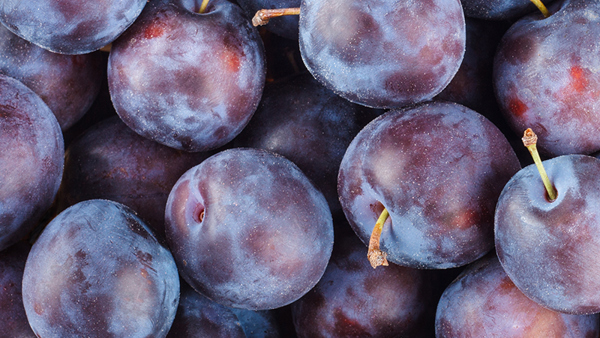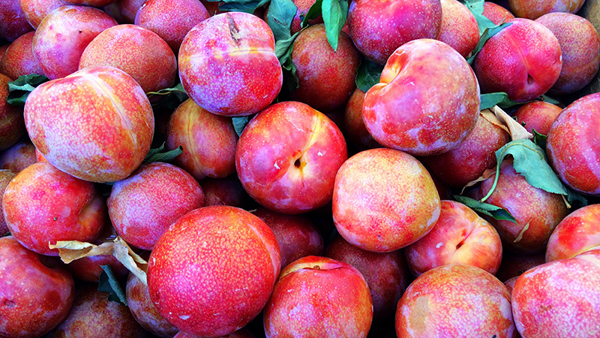Yates Account
Join now
Create a Yates account today!
Sign up to join the Yates Garden Club for monthly e-mails packed with seasonal inspiration, tips for success & exclusive promotions.
Plus if you’re a Garden Club member you can take part in the Yates Growing Community - a blog to share successes, get advice & win prizes in fun challenges along the way!

Forgot password
Enter the email address associated with your account, and we'll email you a new password.

There are two types of plums: the European plum, which is suited to cool climates and the Japanese plum, which grows better in warmer areas. They can grow up to 4m high and wide, but don’t fret if you don’t’ have the space – they’re available in dwarf forms, too.
How to grow Plums in a garden
- Choose a sunny spot with well drained soil. Enrich the soil with Yates Dynamic Lifter Organic Plant Food. If the soil is clay based, improve soil structure by adding gypsum and forking in well.
- Dig the planting hole twice as wide and to the same depth as the root-ball. Remove the plant from the container, gently tease the roots and cut away any circled or tangled roots.
- Position in hole and backfill with soil, gently firming down. Form a raised doughnut shaped ring of soil around the outer edge of the plant's root zone. This helps keep water where it's needed. Always water in well after planting to settle the soil around the roots and keep the soil moist for several weeks while the new plant establishes.
- Mulch around the base with organic mulch like woodchip or pea straw, keeping it away from the trunk.
- Water deeply, once or twice a week, depending on weather conditions.
- During the growing and flowering/fruiting season, feed with Yates Thrive Citrus & Fruit Granular Plant Food. TIP: for an added boost during the flowering/fruiting season, apply Yates Thrive Natural Fish & Seaweed+ Plant Food Concentrate.


How to grow Plums in a pot
When growing in pots or small spaces, choose a dwarf plum variety. Remember, you’ll need at least two fruit trees for fruit set, but if you don’t have room, grow a self-fertile variety such as 'Santa Rosa Dwarf plum'.
- Choose a pot at least 600mm wide.
- Position in full sun and fill with quality potting mix, such as Yates Premium Potting Mix.
- Remove the plant from the container, gently tease the roots and cut away any circled or tangled roots.
- Position in hole and backfill with potting mix, gently firming down.
- Water in well.
- Water deeply, 2-3 times during the week, depending on weather conditions.
- During the growing and flowering/fruiting season, feed weekly with Yates Thrive Citrus Liquid Plant Food. Throughout the year apply Yates Thrive Natural Fish & Seaweed+ Plant Food Concentrate.
Growing tips
-
Neither European nor Japanese plums (with the exception of ‘Santa Rosa’) are self fertile and require a pollinator belonging to the same group to set fruit. Japanese and European plums do not cross-pollinate because they are different species.
- Prune trees in winter, removing crowded branches and weak stems to help open up the centre and encourage new growth. Once a framework has been established, little pruning is required.
- Water well when in leaf and during dry weather - drip-irrigation is ideal. Avoid wetting foliage when watering or feeding.
- European plums fruit on two-year-old wood and Japanese plums fruit on one-year-old wood, both on spurs which crop for a few years.
- Most plums set too much fruit, so thinning is necessary to boost fruit size and ease the weight on the branches.
- Remove fallen or spoiled fruit to prevent the spread of pests and diseases.
- For the best flavour, allow plums to ripen on the tree – they’re ready for picking when soft.
















Share
Share this article on social media